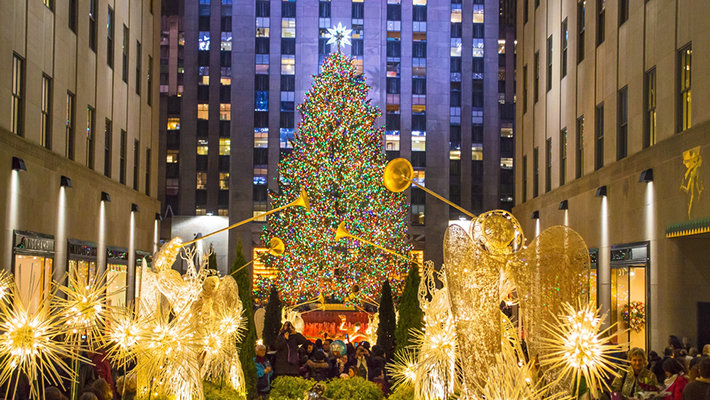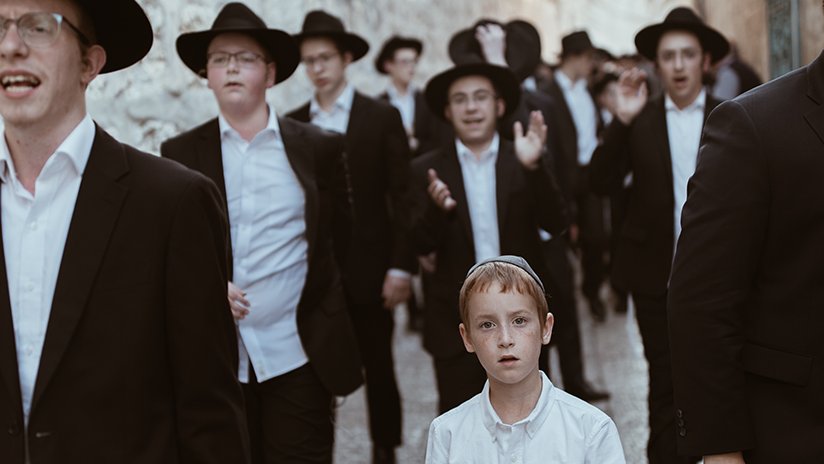
-
HOME
-
WHAT IS STANDOur Mission Our Values Our Help Contact
-
WHAT WE FIGHT FORReligious Freedom Religious Literacy Equality & Human Rights Inclusion & Respect Free Speech Responsible Journalism Corporate Accountability
-
RESOURCESExpert Studies Landmark Decisions White Papers FAQs David Miscavige Religious Freedom Resource Center Freedom of Religion & Human Rights Topic Index Priest-Penitent Privilege Islamophobia
-
HATE MONITORBiased Media Propagandists Hatemongers False Experts Hate Monitor Blog
-
NEWSROOMNews Media Watch Videos Blog
-
TAKE ACTIONCombat Hate & Discrimination Champion Freedom of Religion Demand Accountability
Can Plastic Reindeer Ensure Separation of Church & State?
In my last post, I made the point that the Founders’ purpose in providing for free exercise of religion and prohibiting religious establishments was not so much about building a wall of separation as it was about freedom. Not that keeping religion and government separate isn’t important—it is—but it is only part of achieving a broader purpose. Members of the founding generation had firsthand observation of instances where people were forced to contribute to “official” churches in which they didn’t believe, qualified applicants being denied government positions due to their religious beliefs, and many other abuses that do not exist today.
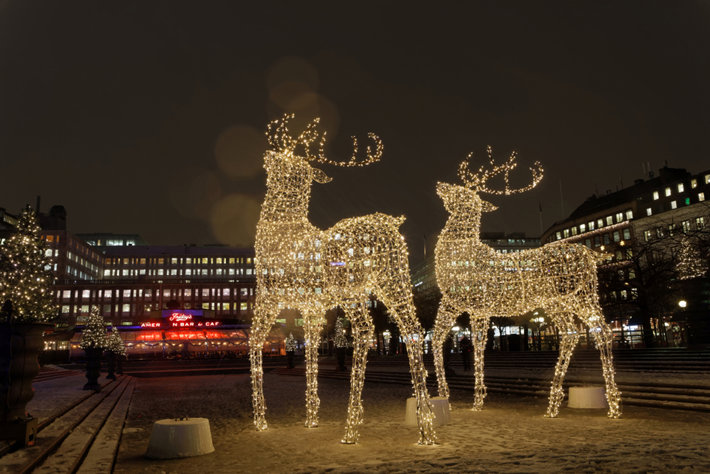
In our current society, there are usually two factions in any court case testing the legal meaning of religious freedom or what is really meant by separation of church and state. One faction, generally liberals, seeks to very rigidly enforce thorough separation while conservatives tend to demand greater accommodation of religion, or at least Christianity, in the public sphere. I’m not taking sides. Both viewpoints forward a discussion that a diverse society continually needs to have about how its different elements fit together.
Unfortunately, though, there has been much more conflict than discussion, more competing monologues than dialogue, and some of the ensuing disputes have made it to the Supreme Court resulting in a number of decisions that—when you look at them closely—don’t make anyone more free. Further, the losers continue to be disgruntled resulting in further polarization, and the winning side always has to worry that the next judicial appointment will cost them their majority and a future decision will reverse their gains.
Being a member of a church which views communication as the universal solvent, it is apparent to me that many of these disputes would resolve themselves if those involved were to increase their level of communication and tolerance.
Before discussing the subject further, I think it should also be stated that an active court system that protects people’s rights—particularly minorities imposed upon by the majority—and serves as a check on the other branches of government is vital to any society. While it is always easy to be hypercritical, anyone doing a fair study would also have to admit that there have been many times when the courts have done exactly what they were supposed to do with the result that basic freedoms were protected.
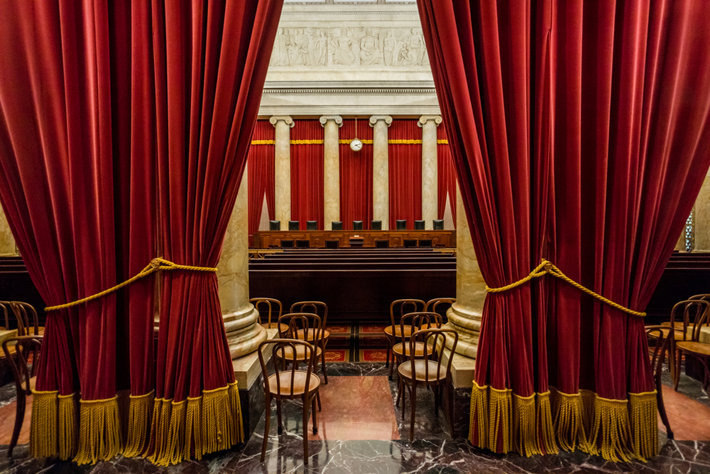
However, there are many instances when the judicial process seems to confuse rather than clarify. As an example—appropriate as we are in the midst of the holiday season—cities and towns across the country are confronted with what is sometimes derisively called “the plastic reindeer rule” which is based on several Supreme Court decisions regulating holiday displays. Simply stated, the idea is that if there is going to be a nativity or another religious scene on government property, it needs to be part of a broader secular or non-denominational presentation—hence the reindeer.
How oppressive is it for nine justices in Washington to dictate directly to a town council in the middle of nowhere what they can and can’t put on the front lawn of the town hall? You can imagine that, in the old Soviet Union, the central Politburo might have burdened local communities with similar minute and overbearing regulations affecting even the smallest everyday activities. How could the Supreme Court of a country that prides itself on being the land of the free have been turned into a similar engine of bureaucratic overreach?
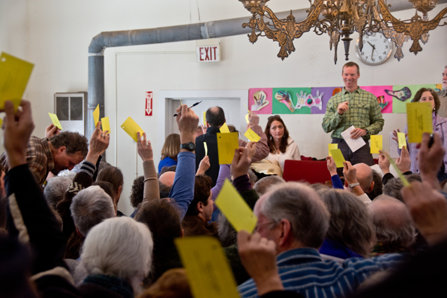
While I don’t claim to have a complete answer to that question or what to do about it, I can make one obvious suggestion. Being a member of a church which views communication as the universal solvent, it is apparent to me that many of these disputes would resolve themselves if those involved were to increase their level of communication and tolerance. People who believe strongly in separation of church and state would have to see that it was part of a broader purpose of creating a free society rather than an end in itself. People with strong religious beliefs would also have to acknowledge and genuinely respect the fact that others have radically different realities. Atheists and church-goers, Christians and non-Christians would have to find ways to talk to each other and give and take a little bit.
Once people broaden their viewpoints in this way, it would be possible for them to come to the table determined to work together to arrive at solutions that reflect the diverse attitudes of an entire community rather than each faction being determined to defend its turf. There is no pat way to say how this would play out in thousands of communities across many different issues. A majority vote that left a disgruntled minority would of course be no better than the dictates of a 5-4 court decision. But dialogue could eventually arrive at a true consensus and, while it wouldn’t always work, when it did, the result would be lasting.
I’m not so naive as to think that society can change that easily. But this is a time that, along with the reindeer, carries a tradition of hope for peace and goodwill to all, so I will offer it as a holiday wish.






